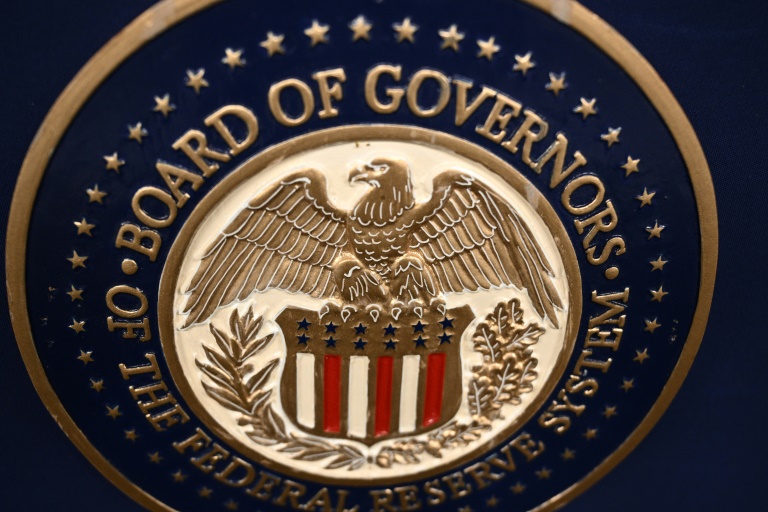
Federal Reserve Chair Jerome Powell indicated a potential shift in monetary policy during his remarks at the Jackson Hole symposium on August 25, 2023. His comments have led to increased expectations for an interest rate cut as early as the Federal Reserve’s upcoming meeting on September 16–17. Powell acknowledged that the Fed “may need to cut rates,” but emphasized a cautious approach due to ongoing inflationary pressures combined with signs of a cooling labor market.
Market reactions were immediate and robust. Following Powell’s address, futures contracts indicated an 85 to 90 percent probability of a 25-basis-point reduction in interest rates, a significant increase from the 75 percent forecast prior to his speech. The dollar weakened sharply, and Treasury yields declined, reflecting a shift in investor sentiment. Equities also surged, with the Dow Jones Industrial Average soaring 846 points, or 1.9 percent, to close at a record 45,631.74. The S&P 500 increased by 1.5 percent, while the Nasdaq Composite gained 1.9 percent, as reported by the Associated Press.
With the market digesting these developments, trading futures showed little change on Sunday evening. Major financial institutions are revising their forecasts in light of Powell’s remarks. Both Barclays and BNP Paribas now anticipate a rate cut next month, with some analysts even projecting a second cut by December.
The Financial Times highlighted that while Powell’s dovish stance has strengthened market speculation, the ultimate decision will depend on forthcoming economic data. Key indicators include the release of the Fed’s preferred inflation gauge, the Personal Consumption Expenditures (PCE) index, due on August 30, and the jobs report scheduled for September 5. Powell himself emphasized the importance of the labor market data, noting recent trends show payroll growth averaging around 35,000 jobs per month, with unemployment rising to 4.2 percent.
Despite recent economic challenges, inflation remains above the Fed’s 2 percent target, compounded by new tariffs that could exacerbate price pressures. Analysts and investors are keenly aware that while a rate cut could benefit sectors such as housing and small-cap stocks, it may not alleviate long-term inflation concerns.
Political dynamics further complicate the Fed’s position. Reports indicate that the dollar’s decline reflects worries about political pressure on the central bank, particularly regarding Jerome Powell and other officials. Any perception that the Fed’s independence is in jeopardy could lead to an increase in long-term yields, even if short-term rates are cut.
Powell’s warning about potential tariff impacts suggests that monetary easing could be moderated or delayed should inflationary trends accelerate. As of now, the market consensus points towards a high likelihood of a 25-basis-point reduction in September, with a second cut being a possibility before the year’s end. Nevertheless, the upcoming PCE and jobs data will be crucial in determining whether these expectations are validated or challenged.







